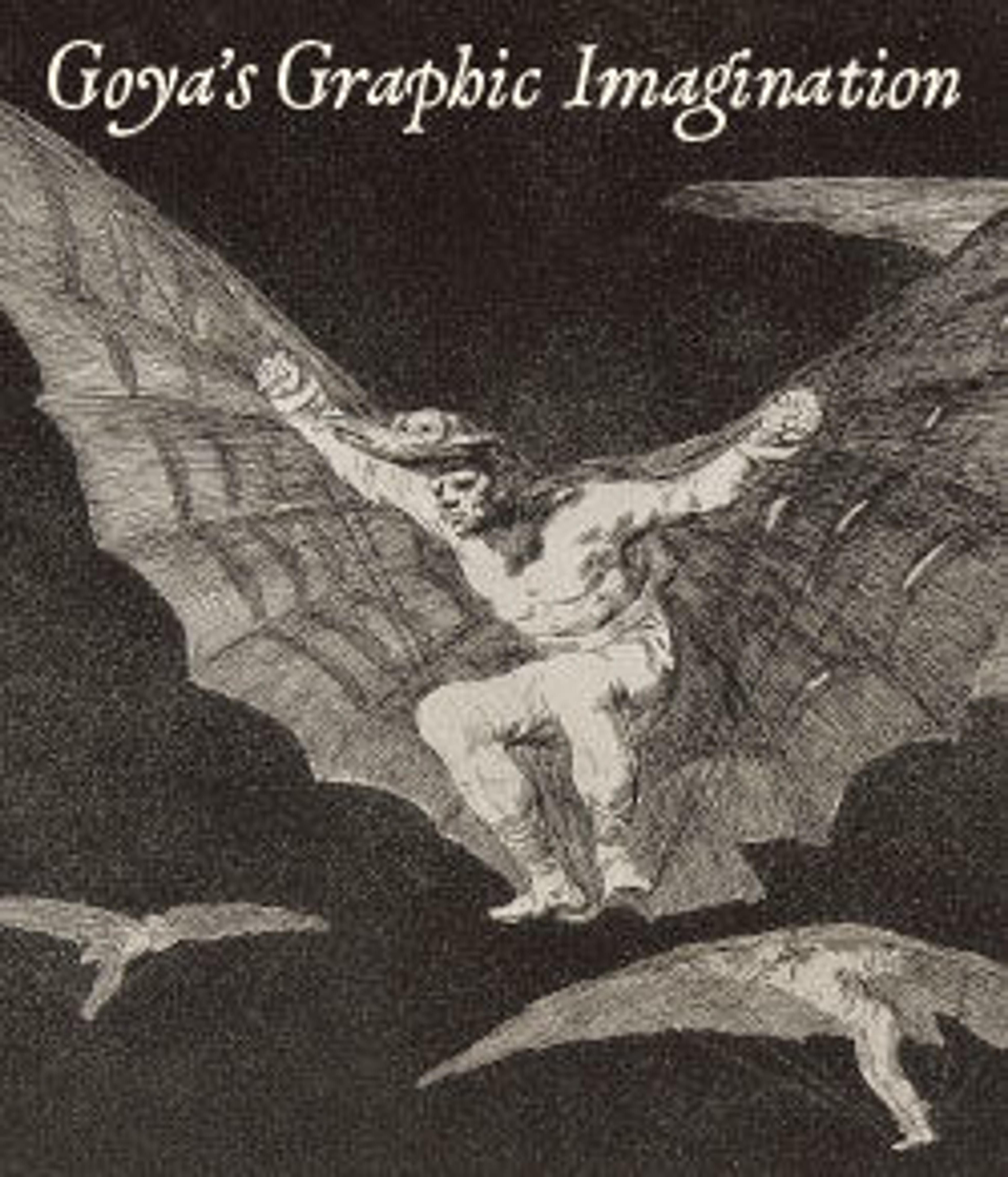Plate 64 from "The Disasters of War" (Los Desastres de la Guerra): 'Cartloads to the cemetery' (Carretadas al cementerio)
This is the last in a group of prints Goya devoted to Madrid’s 1811–12 famine—a result of failed crops, abandoned fields, and interrupted food supply lines—during which an estimated 15 percent of the city’s population died. Offsetting the generic anonymity suggested by the piling up and mass disposal of bodies, Goya sought to preserve the dignity of the individual in this print. He relied on time-honored models for representing the principal figure; the detail of her dangling arm is a common trope in the Christian tradition that recurs in scenes of the Passion of Christ.
Artwork Details
- Title: Plate 64 from "The Disasters of War" (Los Desastres de la Guerra): 'Cartloads to the cemetery' (Carretadas al cementerio)
- Series/Portfolio: The Disasters of War
- Artist: Goya (Francisco de Goya y Lucientes) (Spanish, Fuendetodos 1746–1828 Bordeaux)
- Date: 1811–12 (published 1863)
- Medium: Etching, drypoint, burnished aquatint
- Dimensions: Plate: 6 in. × 8 1/16 in. (15.2 × 20.5 cm)
Sheet: 9 15/16 × 13 9/16 in. (25.2 × 34.5 cm) - Classification: Prints
- Credit Line: Purchase, Jacob H. Schiff Bequest, 1922
- Object Number: 22.60.25(64)
- Curatorial Department: Drawings and Prints
More Artwork
Research Resources
The Met provides unparalleled resources for research and welcomes an international community of students and scholars. The Met's Open Access API is where creators and researchers can connect to the The Met collection. Open Access data and public domain images are available for unrestricted commercial and noncommercial use without permission or fee.
To request images under copyright and other restrictions, please use this Image Request form.
Feedback
We continue to research and examine historical and cultural context for objects in The Met collection. If you have comments or questions about this object record, please contact us using the form below. The Museum looks forward to receiving your comments.
